How To Treat Hyperpigmentation On Black Skin?
Reclaim the radiance of your skin by learning the secrets that help fix an uneven skin tone.

Image: Shutterstock
Are you bothered about your uneven skin tone and dark patches? It can be hyperpigmentation. Although it can occur in any skin type, it tends to be more intense and lasts longer in individuals with a dark skin tone. Several factors contribute to the appearance of hyperpigmentation on black skin. But it can be treated depending upon the cause.
In this article, you will learn about the causes of these dark patches, the different treatment options available, and prevention tips. Keep reading.
In This Article
What Is Hyperpigmentation?
“Hyperpigmentation is a condition that occurs when the body produces excess melanin, causing dark patches on the skin,” says Dr. Jennifer Haley, a board-certified dermatologist. It may occur in small or large patches. People with dark skin tones are at a greater risk of hyperpigmentation as more melanin is produced.
 Trivia
TriviaSuch pigmentary disorders are common in those with black skin (1). Keep reading to know more about how pigmentation looks on black skin.
Key Takeaways
- Hyperpigmentation is a skin condition that develops due to excess production of melanin.
- Factors such as hormonal imbalances and genetics result in dark patches on the skin.
- You can use topical ointments, hydroquinone, or azelaic acid to reduce hyperpigmentation.
- Using sunscreen, regular moisturization, and avoiding direct exposure to the sun can reduce the risk of developing hyperpigmentation.
What Does Hyperpigmentation Look Like On Black Skin?
Hyperpigmentation appears as a patch that is darker than your surrounding skin area. The patches can be small or large in an area.
The patches can be:
- Tan
- Brown
- Dark brown
- Blue-gray
- Black
- Purple
- Gray-brown
The color of a spot depends on the skin tone. It also depends on its cause. In the next section, we understand the causes of hyperpigmentation.
What Causes Hyperpigmentation On Black Skin?
According to Dr. Jennifer Haley, “The main causes of hyperpigmentation on dark skin include sun damage, hormonal imbalance, side effects from medication, and even genetics. Overexposure to the sun causes your melanin-producing cells to go into overdrive, trying to protect the skin from sun damage but leaving you with patches of darker skin.”
Hormonal fluctuation is also a reason for hyperpigmentation. Women are more susceptible to it than men. “Women who are pregnant may experience a higher level of hyperpigmentation due to the rise of estrogen in their system,” she adds.
Hyperpigmentation can manifest in different types. Let us understand more in the next section.
Types Of Hyperpigmentation
- Post-Inflammatory Hyperpigmentation
Darkening of the skin after an inflammatory eruption, skin trauma, or cutaneous injury is called post-inflammatory hyperpigmentation (2). Acne, psoriasis, eczema, cuts, burns, rashes, blisters, etc., may cause this condition. It appears on the injured site. You may notice patches after the inflammation heals.
- Melasma
Melasma mostly occurs on the face. It is a common type of hyperpigmentation that affects millions worldwide (2). It comprises light to brown patches with an irregular border and symmetrical distribution. Hormonal changes like pregnancy, sun exposure, genetic factors, certain medications, or cosmetics may cause melasma.
According to a study published in the Journal of Drugs in Dermatology, melasma affects 8.8% of Hispanic women in the USA and 40% of women and 20% of men in Southeast Asia. Further, melasma affects 14.5% of Arab American women in the United States.
- Periorbital Hyperpigmentation
Periorbital hyperpigmentation occurs around your eyes. Here, one may develop dark spots around their eyes. Genetic factors, swelling around the eyes, a flare-up of eczema or contact dermatitis, etc., can cause this condition (2).
- Acanthosis Nigricans
Acanthosis nigricans is characterized by hyperpigmented, velvety plaques in symmetric distribution (2). It mostly occurs in the underarms, neck, and groin. Insulin resistance and obesity may contribute to this condition. The affected areas may also have itching, thickening, bad odor, and skin tags.
A doctor must be aware of the underlying cause of this condition to prescribe the appropriate treatment. Let us understand more about the diagnosis in the next section.
- Macular Amyloidosis
Macular Amyloidosis, the subtlest variant of cutaneous amyloidosis, manifests as brownish macules arranged in a rippled pattern, primarily affecting the trunk and extremities. Prevalent in Asia, the Middle East, and South America, its precise cause remains unclear. However, factors like gender, race, genetics, sunlight exposure, atopy, friction, and autoimmune factors are implicated in its development (3).
- Hyperpigmentation Freckles
Freckles are small, concentrated areas of increased melanin pigmentation on the skin, often genetic in origin. These light to dark brown spots, commonly found on sun-exposed areas, such as the nose, forehead and cheeks, become more noticeable with increased sun exposure (4). Freckles are benign and typically pose no health risk but are influenced by genetic and environmental factors.
How To Diagnose?
Your dermatologist may go through the following before finalizing the treatment:
- Your medical history
- Your existing health condition
- Your lifestyle habits and skin care regimen
- The time when the patches first appeared
- Any treatments you may have already tried
Wood’s lamp examination may be performed to understand the condition. The doctor may opt for a biopsy for more clarity.
Hyperpigmentation treatment depends on the results of the diagnosis. Keep reading to know the available options.
What Are The Treatment Options?
- Sunscreens: Use sunscreen before going out. It may reduce hyperpigmentation caused by sun damage. Choose a sunscreen that has broad-spectrum protection with a physical block. Reapply it every 2 hours.
- Treat Underlying Skin Conditions: Skin conditions like acne and psoriasis can cause hyperpigmentation. Treat these conditions to reduce the appearance of new patches. Use topical creams or visit a doctor to treat the inflammation.
- Topical Treatments: There are several over-the-counter products available to reduce hyperpigmentation. You may choose products that contain the following skin lightening agents:
- Hydroquinone: “Hydroquinone works by blocking the enzyme responsible for melanin production,” says Dr. Haley. It lightens the hyperpigmented area. One good treatment could be the 4% hydroquinone cream that offers a rapid rate of clinical improvement (5).
- Retinoids: Retinoids may treat melasma and post-inflammatory hyperpigmentation. They can be used alone and combined with other agents (2). But they may cause irritation. Practice caution while using them.
- Azelaic acid: It may treat both melasma and post-inflammatory hyperpigmentation. Studies show that 20% azelaic acid could be as effective as 4% hydroquinone cream. It may have no side effects (6).
- Niacinamide: It is an important ingredient in many over-the-counter products. It can inhibit melanosome transfer and induce skin lightening (7). According to a study, niacinamide decreases hyperpigmentation after four weeks of use (8).
- Physical Therapies: If home remedies do not offer relief, approach your doctor and seek physical therapies. These include:
- Chemical Peels: They can be used alone or combined with other procedures. They exfoliate the skin and remove the excess melanin cells. However, they can also cause irritation.
Mikara Reid, a YouTuber, shared her experience of getting a chemical peel for hyperpigmentation. On the 2nd day of the treatment, she started shedding the old skin. She said, “How grey and leathery my skin looks like. It’s starting to shed, especially around that mouth part because that is where I have the most hyperpigmentation (i).”
- Laser Therapy: It can be an effective treatment for hyperpigmentation (9). It may warrant multiple sessions. However, it has a high risk of damaging the surrounding tissue and causing post-inflammatory hyperpigmentation.
Your doctor will be able to guide you on the right treatment option. While hyperpigmentation on black skin is treatable in most cases, can it be prevented?
How To Prevent Hyperpigmentation On Black Skin?
Facial hyperpigmentation due to aging and hormonal changes cannot always be prevented. However, you may follow these tips to reduce the risk of hyperpigmentation:
- Always wear sunscreen with an SPF of at least 30 before stepping into the sun.
- Reapply sunscreen every 2 hours.
- Avoid direct sun exposure between 10 AM and 4 PM.
- Stay in the shade and wear protective clothing.
- Avoid using cosmetic products that cause skin irritation.
- Avoid using harsh exfoliating products.
- Moisturize your skin daily.
- Treat the other inflammatory skin conditions on time.
 Quick tip
Quick tipNot every case of hyperpigmentation can be treated at home. Some need medical care. Continue reading to know when you should seek medical help.
When To See A Doctor?
You may visit a dermatologist to diagnose the cause of hyperpigmentation. If the patches result from certain medications, your doctor may change them. You may also seek medical attention if the home remedies show no results. People with other underlying skin conditions will have to treat those conditions first to get relief from hyperpigmentation eventually.
Takeaway
Hyperpigmentation is a common issue in dark-skinned people. Genetic factors, hormonal fluctuations, and sun damage are some of the causes. Home remedies for skin pigmentation and over-the-counter treatments may reduce the dark spots. However, seek medical help if you notice no difference in the affected areas.
Frequently Asked Questions
Does hyperpigmentation get darker before it fades?
Yes, the pigmented cells may rise to the skin’s surface during the treatment. So, you may observe temporary dark spots that will fade away in a few days.
Does vitamin C serum reduce hyperpigmentation?
The antioxidant properties of vitamin C help reduce hyperpigmentation. It has a direct effect on melanin production (10). Therefore, you can use vitamin C serum to reduce the appearance of hyperpigmentation.
Is aloe vera good for hyperpigmentation?
Yes, aloe vera is good for hyperpigmentation. The natural depigmenting compound, aloin, present in aloe vera, helps lighten the pigmented area (11).
Is Vaseline good for hyperpigmentation?
Vaseline does not reduce the appearance of hyperpigmentation. It can only soothe the skin and keep the area moisturized.
Does exfoliating get rid of hyperpigmentation?
Yes, exfoliating can help get rid of hyperpigmentation. It can help break the pigmented cells and fasten the fading process.
Does turmeric fade hyperpigmentation?
Curcumin, the active ingredient of turmeric, can help reduce facial hyperpigmentation by preventing melanin production in new cells (12).
Is vitamin E good for hyperpigmentation?
Vitamin E may not be an effective solution to treat hyperpigmentation (13). Also, topical application of vitamin E oil may only moderately affect the treatment of hyperpigmentation.
Does coconut oil help with hyperpigmentation?
The antioxidant properties of coconut oil may help reduce the appearance of blemishes and even out the skin tone. However, there is not enough scientific evidence to back this claim.
Struggling with hyperpigmentation on dark-toned skin? Watch this insightful video to learn treatment options and tips tailored to Black skin that can help improve your skin texture and offer more radiant skin. Click play now to find out.
Personal Experience: Source
StyleCraze's articles are interwoven with authentic personal narratives that provide depth and resonance to our content. Below are the sources of the personal accounts referenced in this article.
(i) Skincare Vlog: Day 2 of My Chemical Peel for Hyperpigmentation & Smoother Texture | Mikara Reidhttps://www.youtube.com/watch?v=xPvldky6VSk
References
Articles on StyleCraze are backed by verified information from peer-reviewed and academic research papers, reputed organizations, research institutions, and medical associations to ensure accuracy and relevance. Read our editorial policy to learn more.
- Prevalence of pigmentary disorders: A cross-sectional study in public hospitals in Durban South Africa
https://www.ncbi.nlm.nih.gov/labs/pmc/articles/PMC6938902/ - Facial hyperpigmentation: causes and treatment
https://onlinelibrary.wiley.com/doi/full/10.1111/bjd.12536 - A Clinico-Epidemiological Study of Macular Amyloidosis from North India
https://www.ncbi.nlm.nih.gov/pmc/articles/PMC3401840/#:~:text=Macular%20amyloidosis%20(MA)%20is%20the - Evaluating the Causes of Freckle and Nevus from the Viewpoint of Iranian Traditional Medicine
https://www.ncbi.nlm.nih.gov/pmc/articles/PMC5103577/ - A Comparative Study of the Efficacy of 4% Hydroquinone vs 0.75% Kojic Acid Cream in the Treatment of Facial Melasma
https://www.ncbi.nlm.nih.gov/labs/pmc/articles/PMC3657227/ - The treatment of melasma. 20% azelaic acid versus 4% hydroquinone cream
https://pubmed.ncbi.nlm.nih.gov/1816137/ - Effective inhibition of melanosome transfer to keratinocytes by lectins and niacinamide is reversible
https://pubmed.ncbi.nlm.nih.gov/15946237/ - The effect of niacinamide on reducing cutaneous pigmentation and suppression of melanosome transfer
https://pubmed.ncbi.nlm.nih.gov/12100180/ - Hyperpigmentation Therapy: A Review
https://www.ncbi.nlm.nih.gov/labs/pmc/articles/PMC4142815/ - The effect of Vitamin C on melanin pigmentation – A systematic review
https://www.ncbi.nlm.nih.gov/pmc/articles/PMC7802860/ - On the novel action of melanolysis by a leaf extract of Aloe vera and its active ingredient aloin, potent skin depigmenting agents
https://pubmed.ncbi.nlm.nih.gov/22495441/ - Are Natural Ingredients Effective in the Management of Hyperpigmentation? A Systematic Review
https://www.ncbi.nlm.nih.gov/pmc/articles/PMC5843359/ - Vitamin E in dermatology
https://www.ncbi.nlm.nih.gov/pmc/articles/PMC4976416/ - What Is The Difference Between Melasma And Hyperpigmentation?
- Hyperpigmentation Around Mouth: Causes, Remedies, And More
- Laser Genesis: Everything You Need To Know About
- Melasma: What Is It, Causes, And Treatment Options
Read full bio of Dr. Priya Gill
Read full bio of Swathi E
Read full bio of Eshna Das
Read full bio of Monomita Chakraborty






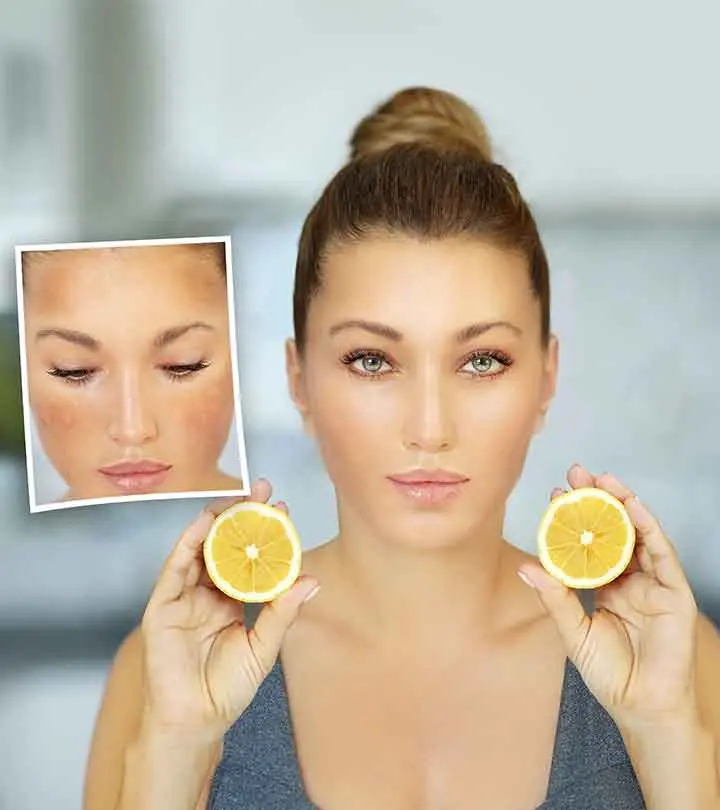
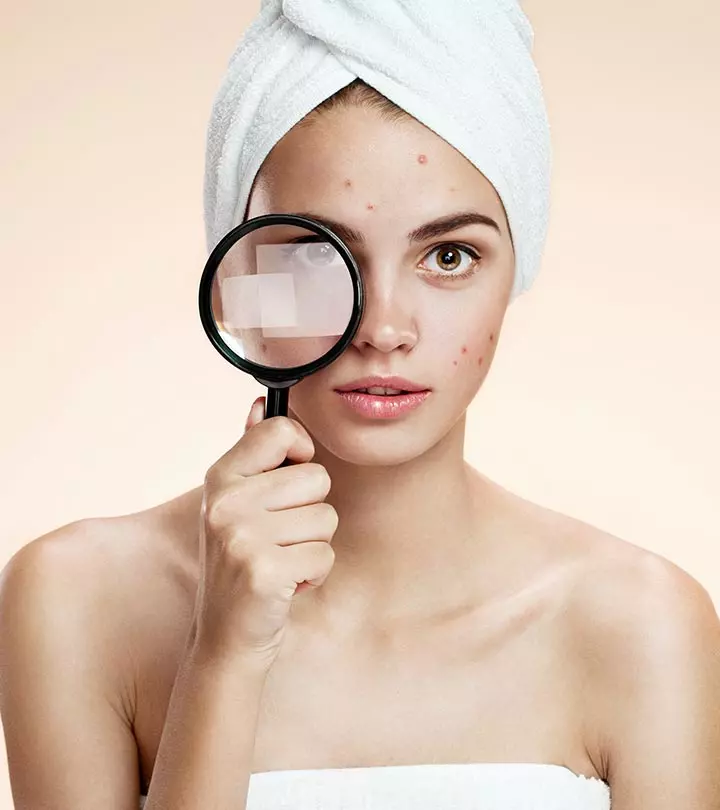
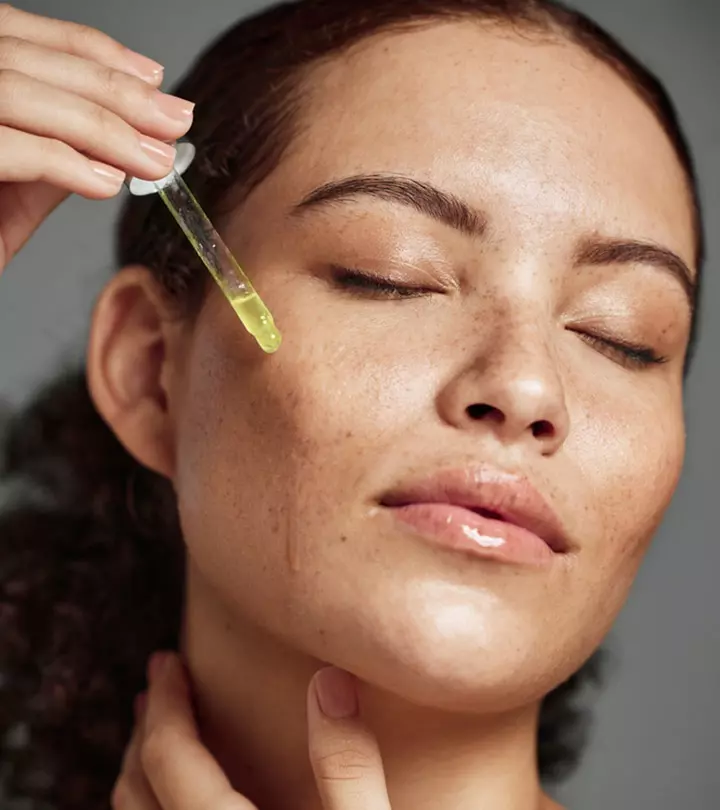



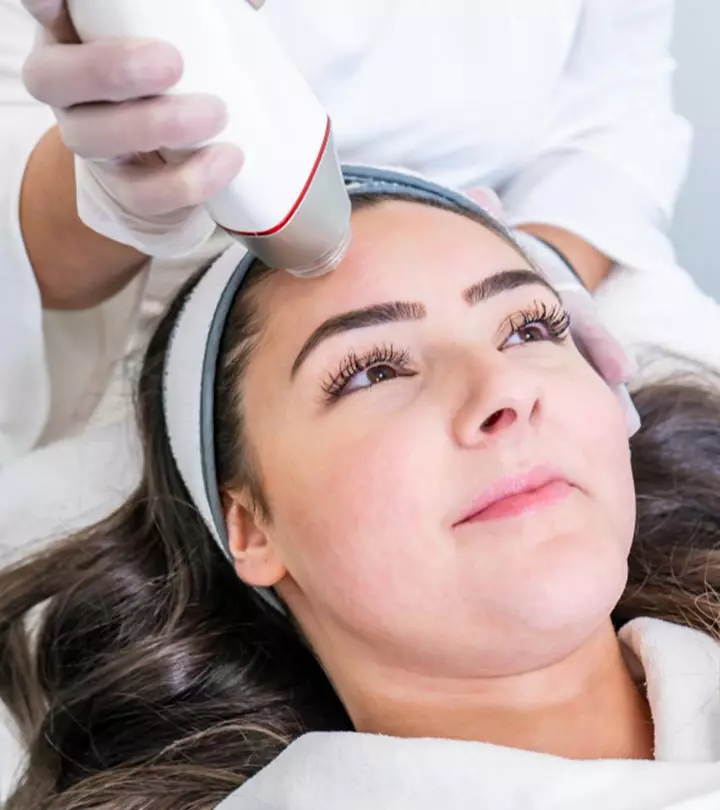


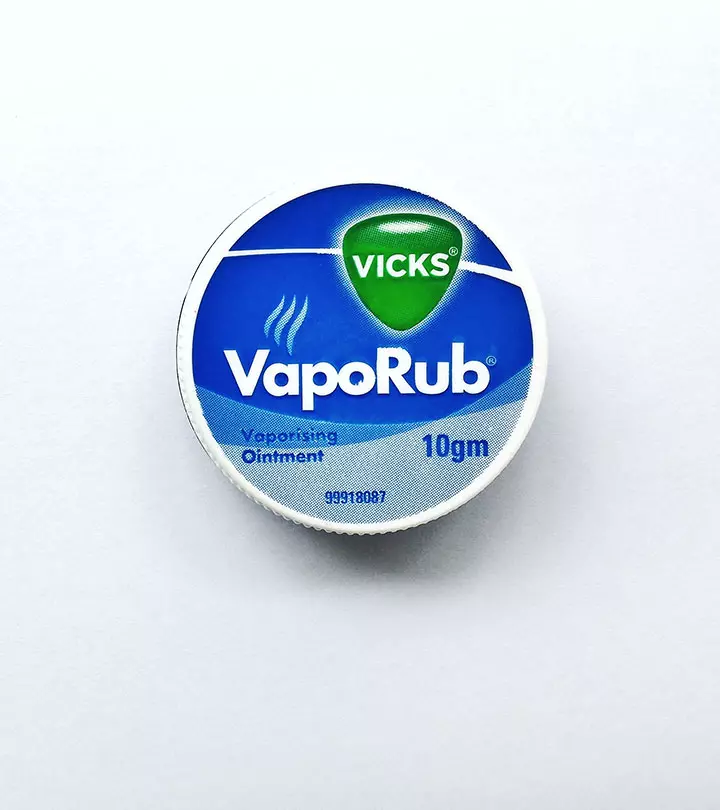


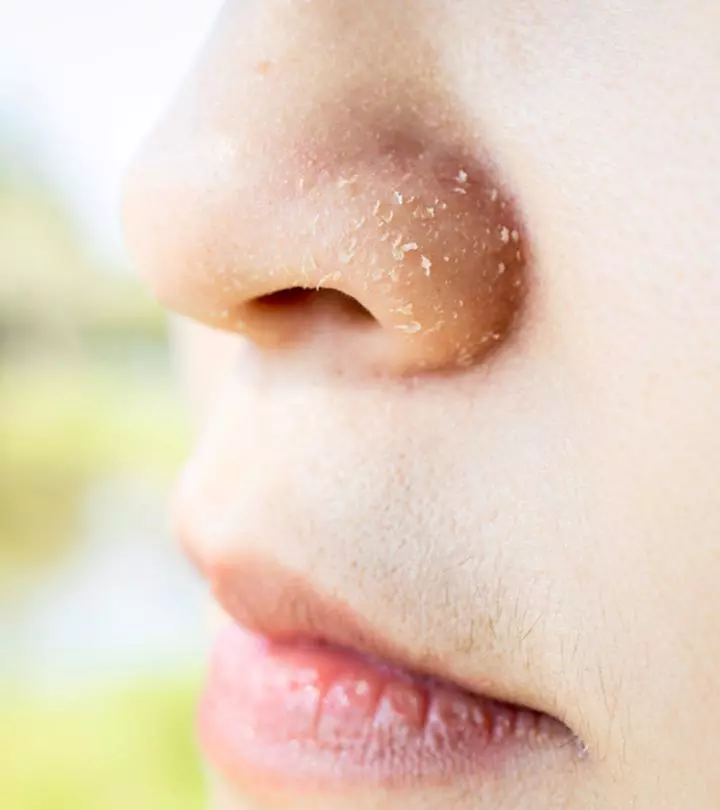


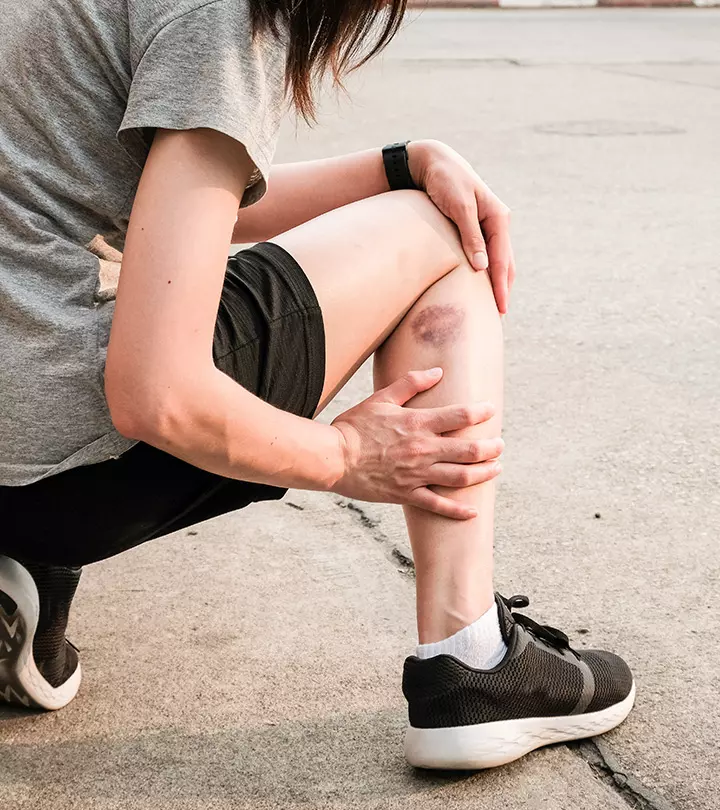
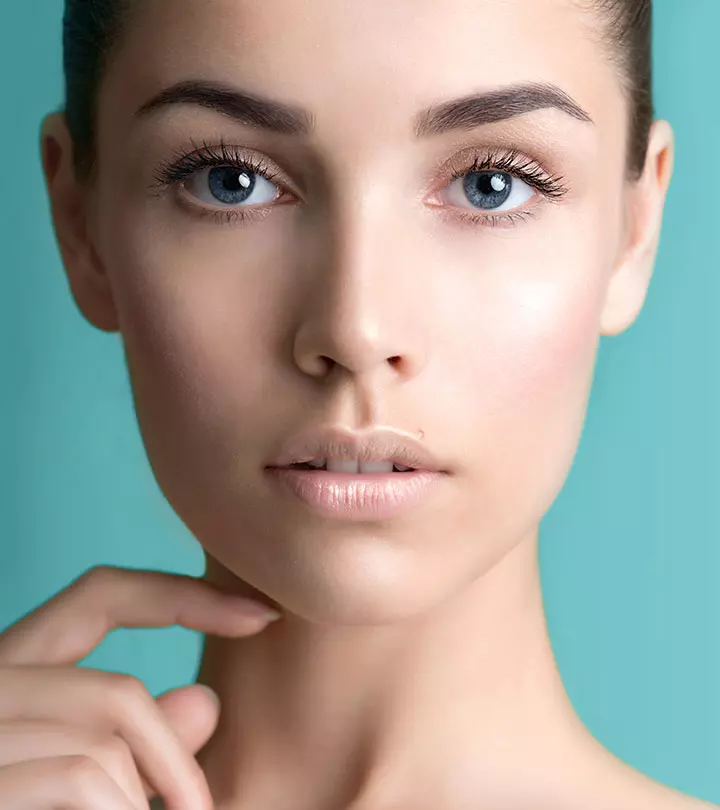
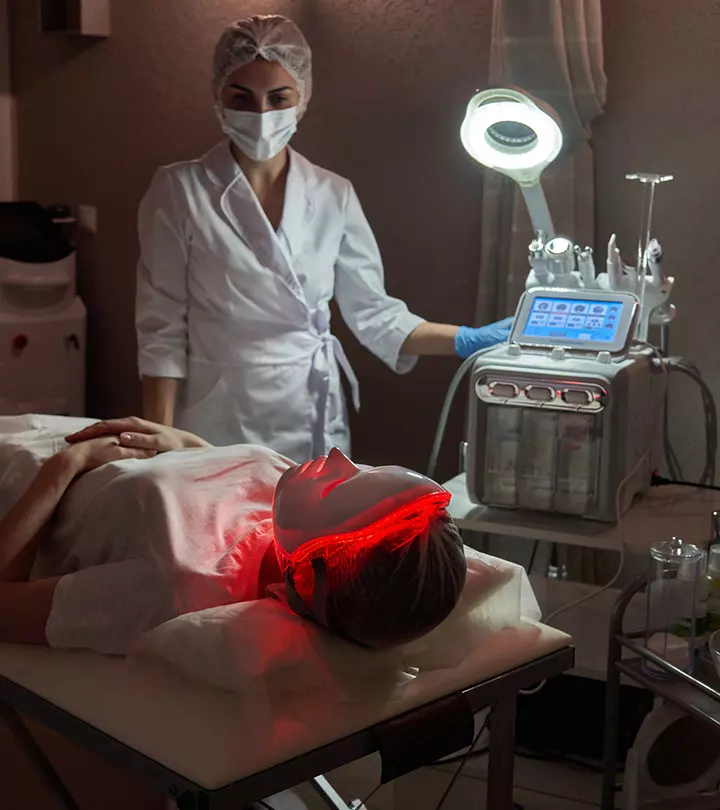
Community Experiences
Join the conversation and become a part of our empowering community! Share your stories, experiences, and insights to connect with other beauty, lifestyle, and health enthusiasts.